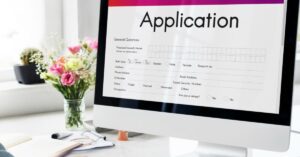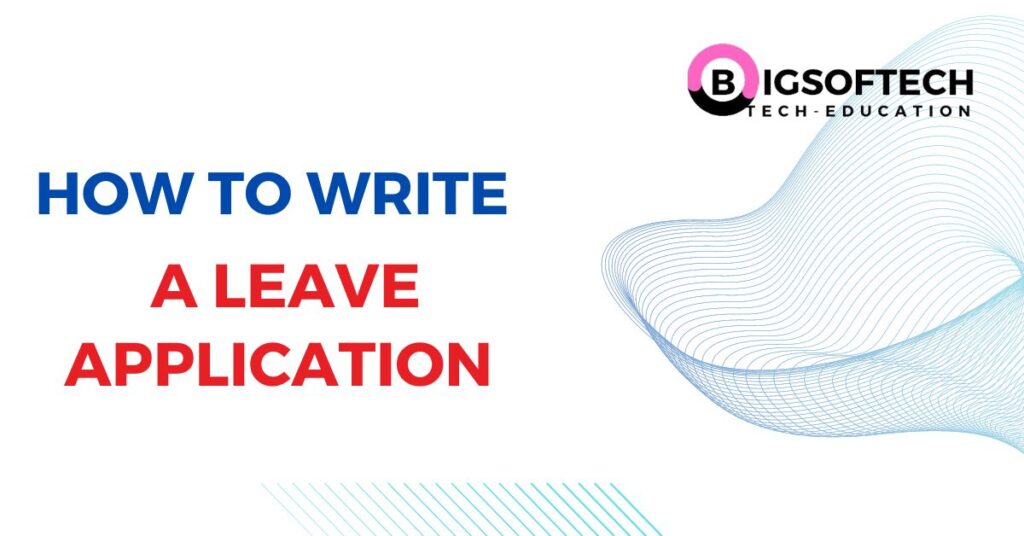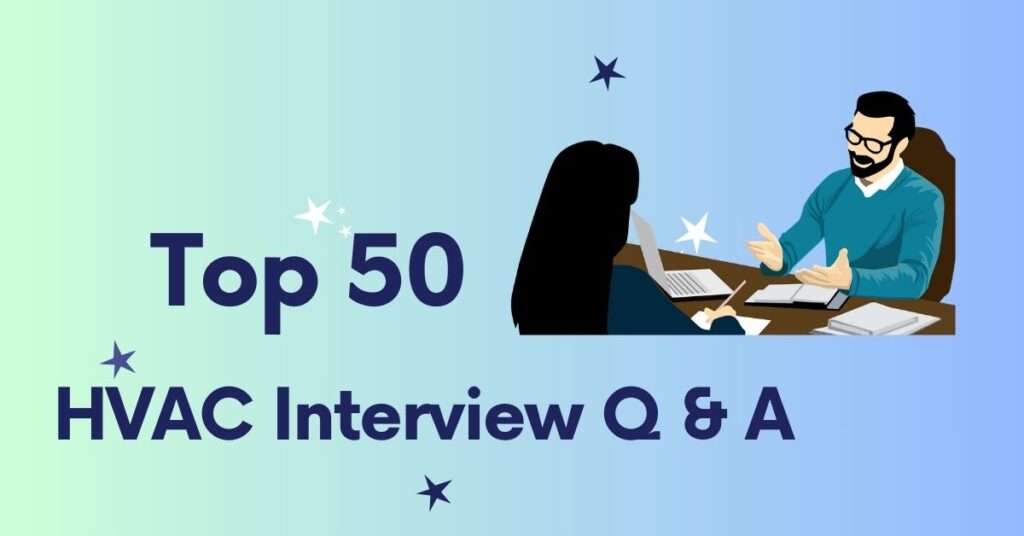Whether you’re a student or a working professional, mastering the art of crafting a leave application is a valuable skill. While it’s common knowledge that maintaining a formal tone and adhering to a concise structure are crucial, certain aspects of this document often go unnoticed. Additionally, understanding the format and key components is essential for creating a well-written leave application. This blog aims to offer you a comprehensive guide on the structure, format, and components of a leave application, along with some useful samples.
Understand Leave Application

The formal communication of your absence to office management or school administration is known as a leave application. The structure, information, and components of the application may differ depending on whether you are in school, college, or the workplace. The ability to compose this document is valuable in your professional career, as there may be occasions when you need to request a day off from work.
Components of a Leave Application
Personal Information:
- Full Name:
- Include your complete legal name as it appears in official records.
- Ensure accuracy to avoid any confusion regarding your identity.
- Contact Details:
- Provide current and reliable contact information.
- Include a working phone number and an active email address.
- This ensures that the concerned authority can reach you for further clarification or communication.
- Date and Duration of Leave:
- Start and End Date:
- Clearly state the specific dates when your leave is expected to commence and conclude.
- Format the dates in a universally accepted manner (e.g., DD/MM/YYYY or MM/DD/YYYY) to avoid any ambiguity.
- Total Leave Duration:
- Specify the total number of days or hours you are requesting for leave.
- Ensure accuracy in calculating the duration, considering weekends or non-working days.
Reason for Leave
- Brief Explanation:
- Provide a concise overview of the reason for your leave.
- Use clear and straightforward language to communicate the nature of your request.
- Specific Details if Necessary:
- If the reason requires further explanation, provide additional details.
- For instance, if it’s a family emergency, briefly describe the nature of the situation without divulging overly personal information.
Any Supporting Document
- Medical Certificate (if applicable):
- If your leave is due to health reasons, attach a medical certificate issued by a qualified healthcare professional.
- Ensure that the medical certificate includes relevant details such as the diagnosis, recommended rest period, and the healthcare provider’s contact information.
- Other Relevant Documentation:
- Include any additional documents that are pertinent to support your leave request.
- This might include legal documents, official letters, or any other evidence that strengthens the legitimacy of your request.
Formal Tone and Language:
- Use of Proper Salutations:
- Address the recipient with a formal salutation such as “Dear [Recipient’s Name]” or “To Whom It May Concern.”
- Maintain a respectful and professional tone throughout the document.
- Avoid Informal Language:
- Refrain from using colloquial or casual language.
- Keep the language formal, ensuring that the tone is appropriate for professional communication.
- Politeness and Respect:
- Express your request politely, using courteous language.
- Maintain a tone that conveys respect for the recipient and the formal nature of the communication.
Proper Salutation and Closing:
- Salutation:
- Begin the letter with a formal salutation, addressing the recipient by their title and last name (e.g., “Dear Mr. Smith”).
- If the recipient’s name is not known, use a general salutation such as “To Whom It May Concern.”
- Closing:
- End the letter with a professional closing phrase, such as “Sincerely,” “Yours faithfully,” or “Best Regards.”
- Include your full name beneath the closing to provide a clear identification of the sender.
Clear and Concise Writing:
- Clarity of Expression:
- Clearly articulate the purpose of your leave application in a straightforward manner.
- Avoid ambiguous or convoluted language that may lead to misunderstandings.
- Conciseness:
- Keep the content concise and to the point.
- Provide all necessary information without unnecessary elaboration, ensuring the recipient can quickly understand the key details.
- Organization:
- Structure the content logically, following a clear sequence from personal information to the reason for leave and supporting documents.
- Use paragraphs to separate different sections, making the letter easy to read.
Professional Formatting:
- Font and Font Size:
- Use a standard, professional font (e.g., Times New Roman, Arial) in an appropriate size (usually 12-point).
- Maintain consistency in font style throughout the document.
- Margins and Spacing:
- Set one-inch margins on all sides for a clean and professional appearance.
- Use single-spacing within paragraphs and double-spacing between paragraphs for readability.
- Alignment:
- Align the text to the left for a traditional and professional look.
- Ensure that the letter is well-organized and follows a neat alignment.
- Subject Line:
- Include a clear and concise subject line that summarizes the purpose of the letter (e.g., “Leave Application – [Your Full Name]”).
- This helps the recipient quickly identify the content and context of the letter.
Leave Application for School
Specific School Policies:
When drafting a school leave application, it is crucial to be aware of and adhere to the specific policies established by the school. These policies may vary from one educational institution to another, but common elements include:
- Notification Period:
- Determine the required notification period for submitting a leave application. Some schools may require advanced notice, while others may allow for more immediate requests.
- Valid Reasons:
- Understand the acceptable reasons for taking leave. Common reasons include illness, family emergencies, or other unavoidable circumstances. Familiarize yourself with the school’s list of valid reasons for leave.
- Documentation Requirements:
- Check if the school requires any supporting documents, such as a medical certificate or a note from a parent or guardian. Ensure that you have the necessary documentation based on the school’s policy.
- Maximum Leave Duration:
- Be aware of any limitations on the maximum duration of leave allowed. Schools may have specific guidelines regarding the number of consecutive days a student can be absent.
- Consequences for Non-Compliance:
- Understand the potential consequences for failing to adhere to the school’s leave application policies. This may include academic penalties or other disciplinary actions.
Teacher’s Approval Process:
In many schools, the teacher’s approval is a crucial step in the leave application process. The following details the typical teacher’s approval process:
- Communication Method:
- Find out the preferred method of communication for leave requests. This may involve submitting a written application, sending an email, or using a designated online platform.
- Timing of Request:
- Submit your leave application well in advance of the intended absence. Teachers appreciate timely requests, allowing them to plan for any adjustments to lessons or assignments.
- Detailing the Request:
- Clearly articulate the details of your leave in the application. Include the reason, dates of absence, and any supporting documentation if required.
- Teacher’s Response Time:
- Be mindful of the teacher’s response time. Some schools may have a specified period within which teachers are expected to approve or deny leave requests.
- Alternative Arrangements:
- If applicable, discuss any plans for catching up on missed lessons or assignments. Teachers may appreciate proactive communication regarding how you plan to manage your academic responsibilities during your absence.
- Respecting Teacher’s Decision:
- Understand that the teacher’s approval is discretionary, and they may need to consider the impact of your absence on the class. Be respectful of their decision, whether it is an approval or denial.
Leave Application for Marriage to College
To [ write the Name of the college or Officer],
Subject: Application for Marriage
Dear [Name of the College/University Admissions Officer],
I hope this letter finds you well. My name is [Your Name], and I am currently enrolled as a student in the [Your Course/Program] at [College/University Name]. I am writing to formally request a leave of absence from my academic responsibilities due to my upcoming marriage.
I am pleased to inform you that I will be getting married on [Date of Marriage], and as you can understand, this is a significant life event that requires my full attention and participation. The preparations and ceremonies leading up to the wedding, as well as the post-wedding rituals, will necessitate my absence from college for a period of [Number of Days] days.
I understand the importance of maintaining consistent attendance and participation in my academic studies, and I assure you that I am committed to making up for any missed coursework or assignments. I have discussed my situation with my professors, and I am in the process of making arrangements to ensure that I stay on track with my studies during the leave period.
I kindly request your approval for the leave of absence during the specified period. I am attaching the necessary documents, including the wedding invitation and any other relevant details, to support my application.
I assure you that I will do my best to minimize any disruption to my academic progress during this time and will make every effort to catch up on missed lectures and assignments upon my return. I understand the college’s policies regarding leaves of absence and will adhere to any requirements or conditions set forth by the administration.
Thank you for considering my request. I am grateful for your understanding and cooperation in this matter. If you require any additional information or documentation, please feel free to contact me at [Your Phone Number] or [Your Email Address].
I appreciate your prompt attention to this matter and look forward to your favorable response.
Sincerely,
[Your Full Name]
[Your College/University ID]
[Your Signature – if submitting a physical copy]
Conclusion
In conclusion, crafting a well-written leave application is a skill that can greatly facilitate effective communication between employees and employers. By following the guidelines and tips provided in this article, individuals can ensure that their leave requests are clear, concise, and respectful. Remember to include essential details, maintain a professional tone, and submit the application in a timely manner. Effective leave applications contribute to a smooth workflow, fostering a positive and cooperative work environment. Mastering this skill enhances not only personal time management but also strengthens the professional relationship between employees and their supervisors.




